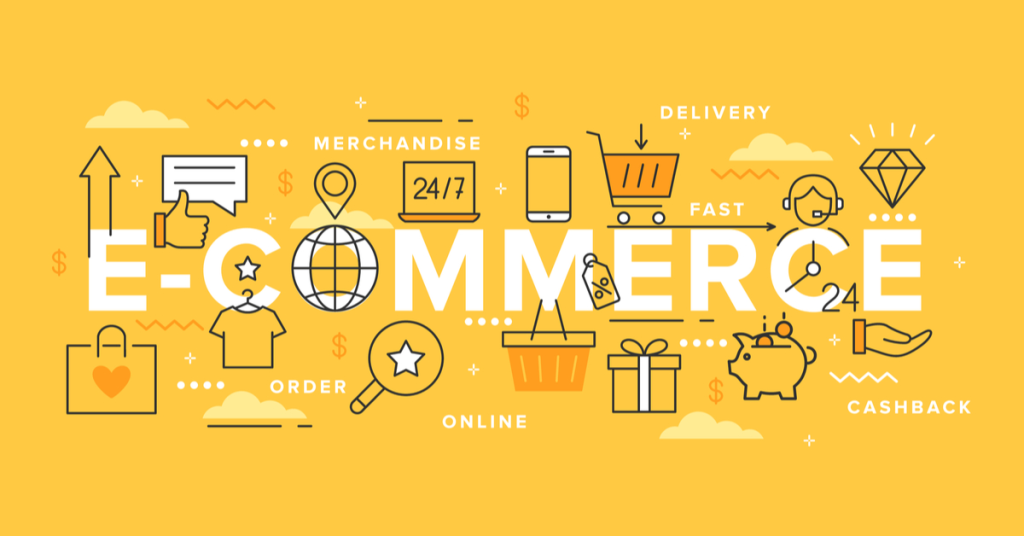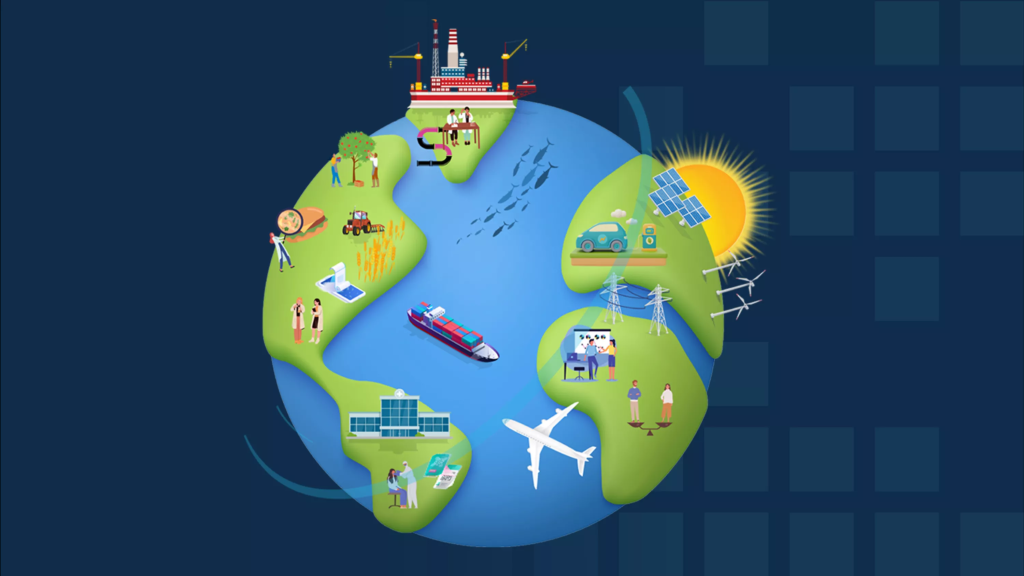Why API-First Logistics Platforms Are the Future of Global Trade
Global trade is changing faster than ever because of digital technology, e-commerce growth, and customers wanting quicker and clearer services. Traditional logistics platforms can’t keep up because they are too rigid and hard to connect with other systems. API-first logistics platforms solve this problem by making supply chains more flexible, connected, and innovative.

1. What Does API-First Mean in Logistics?
API-first platforms are designed with Application Programming Interfaces (APIs) as their core foundation, rather than as an add-on feature. In logistics, this means:
- Every function, service, or data point is accessible via APIs.
- External systems (ERP, TMS, WMS, marketplaces, carriers) can seamlessly connect to the platform.
- Data flows bi-directionally in real-time, eliminating silos.
For example, instead of manually uploading shipment data to a logistics portal, an e-commerce platform can connect directly via API to create orders, print labels, and track shipments programmatically within its system interface.
2. The Limitations of Traditional Logistics Platforms
Legacy logistics systems were built in a pre-API era, prioritising internal workflows and manual data entry. Their limitations include:
- Limited integration options: Custom integrations are expensive and time-consuming.
- Slow onboarding: New customers, carriers, or systems require lengthy setup.
- Data silos: Information is trapped within each system, preventing real-time visibility.
- Lack of flexibility: Hard-coded features restrict adaptability to new customer requirements or technology shifts.
In contrast, API-first platforms treat integration and data sharing as the starting point, enabling instant connectivity.
3. Benefits of API-First Logistics Platforms for Global Trade

a. Real-Time Visibility Across the Supply Chain
APIs enable systems to communicate instantly. For global trade, this means:
- Live shipment tracking from origin to destination, including multi-modal transport updates.
- Dynamic estimated delivery times based on real-time data from carriers, ports, and customs.
- Inventory visibility across multiple warehouses improves fulfillment decisions.
This transparency builds customer trust and optimises operational planning, especially for cross-border shipments with complex touchpoints.
b. Faster Time-to-Market
With API-first platforms, businesses can:
- Connect new carriers or marketplaces within days, not months.
- Launch in new regions without rebuilding tech stacks.
- Offer services like same-day delivery or on-demand returns with minimal development.
This agility is critical in today’s market, where customer expectations and global regulations shift rapidly.
c. Lower Operational Costs

Manual data entry, repeated tasks, and disconnected systems increase labour costs and error rates. API integrations automate:
- Order creation and confirmation
- Label and document generation
- Customs declarations
- Tracking updates to customers
As a result, operational efficiency improves, errors reduce, and the cost per shipment declines.
d. Innovation Enablement
API-first platforms open doors to advanced logistics technologies:
- AI-driven route optimisation via integrated algorithms
- IoT data integration for cold chain or sensitive goods monitoring
- Blockchain-based trade finance or shipment provenance tracking
- Dynamic pricing engines for logistics cost optimisation
By exposing all services via APIs, logistics providers and brands can build tailored solutions or integrate with future technologies seamlessly.
4. Examples of API-First Logistics Platforms Leading Global Trade

- Flexport: Built from the ground up as an API-first freight forwarder, enabling customers to manage air, ocean, and trucking shipments via a single API or platform interface.
- Shippo: Provides multi-carrier shipping APIs for label generation, tracking, and rate comparisons, which are widely used by e-commerce platforms.
- PostalParcel (example platform): Offers warehouse inventory APIs, order fulfilment, and global carrier integrations, enabling brands to automate fulfilment while maintaining full visibility.
These companies disrupt traditional freight forwarding and 3PL models by prioritising connectivity and data transparency.
5. Challenges and Considerations
While API-first platforms bring clear advantages, companies must consider:
- Security: APIs require strong authentication and encryption to protect sensitive trade data.
- Standardisation: Not all logistics providers offer API access, requiring custom connectors or middleware solutions.
- Change management: Teams must adapt workflows and skillsets to maximise API-driven automation benefits.
Nevertheless, the benefits far outweigh the challenges for businesses aiming to scale globally.
6. The Future Outlook

Global trade is becoming increasingly digitalised. Governments are introducing electronic customs systems, ports are automating documentation, and carriers are upgrading to real-time IoT tracking. API-first logistics platforms act as the connective tissue in this landscape, linking businesses, regulators, and transport networks into a unified digital ecosystem.
Brands that embrace API-first logistics will:
- Deliver superior customer experiences with real-time tracking and reliable ETAs.
- Optimise costs through automated workflows and dynamic carrier selection.
- Gain the agility to expand into new markets, integrate new technologies, and adapt to regulatory changes faster than competitors.
Conclusion
API-first logistics platforms are a technological upgrade and a strategic necessity for global trade in the digital age. As brands seek to delight customers with speed, visibility, and reliability across borders, only platforms built on API-first principles will offer the connectivity, flexibility, and innovation needed to stay ahead.
Industry Insights
news via inbox
Nulla turp dis cursus. Integer liberos euismod pretium faucibua








